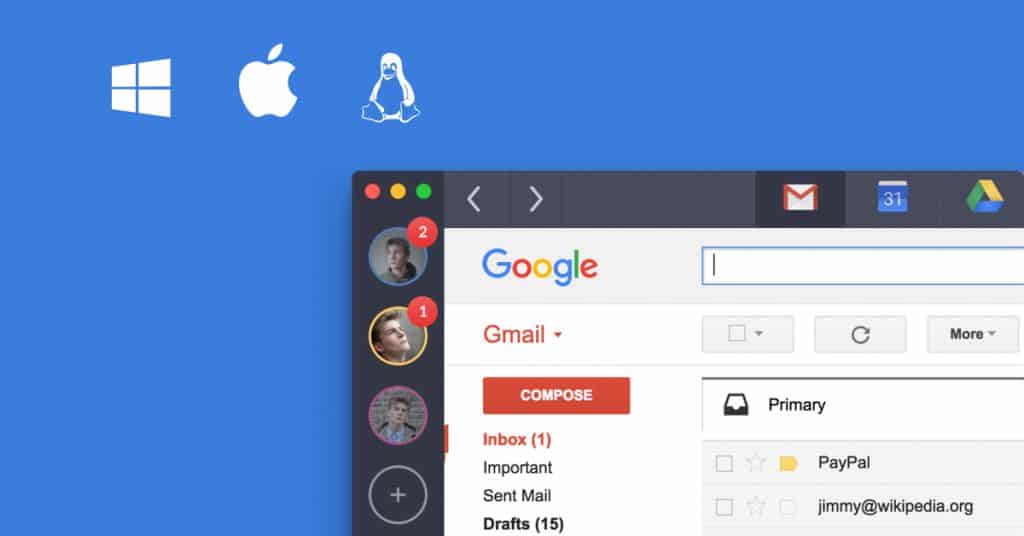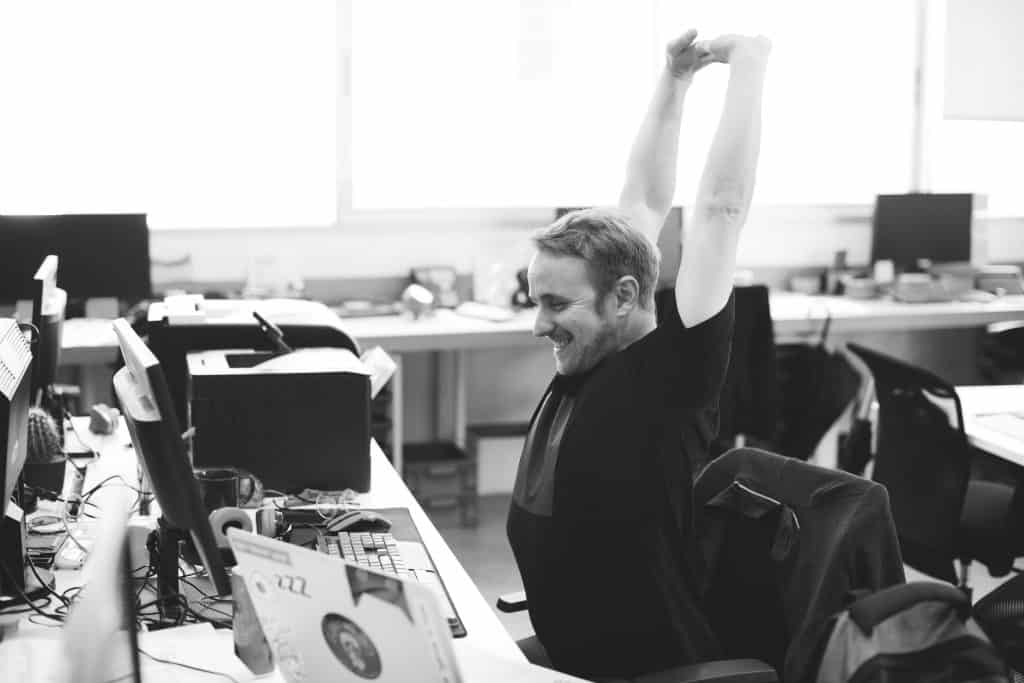Let’s start by stating the obvious: open offices matter.
After all, there’s plenty of achieving and believing that goes on when the work environment is open and accessible to all.
Equally, however, there remains the risk of losing time, energy, motivation, and patience when the productivity ratio—you know, output over input—is off.
It’s estimated that those of us who work in open offices lose around 86 minutes per day due to noise distractions. Add in a few other unwanted botherings, and we’re well on our way to losing half a day of work.
But, like almost everything else in life, there’s a way to make it work. In other words, it’s totally possible to establish a few productivity norms to help optimize workflow in open-space offices, without compromising the big C’s: collaboration, concentration, camaraderie, and creativity.
Putting Some Hope-In the Open (get it?)
I couldn’t tell you how many times we’ve gone back to the drawing board to make the open office life here at Shift more rewarding for our whole team.
A few of our best ideas have manifested in the form of task-specific work areas, seating alternatives, and think spaces.
The results? Marked increases in productivity and appreciation for the open-office concept.
The inclusion of these add-ins has also sparked some practical ideas for staying focused; most of which deal with how and when we communicate with one another.
Because, believe it or not, one of the biggest distractions to productivity in an open office is talking: phone calls, water cooler chats, pre-project hoorahs, and the list goes on.
Ironic, right? I know.
But productivity routines make it possible for our team members (introverts and extroverts alike) to GSD, both together and individually. Since it is, after all, about balance.
In any case, it’s only right that I share some tried-and-tested tips you can implement to motivate yourself (or your team) to stay productive in an open office setting.
So here we go…
Clear communication rules.
There’s no greater threat to productivity than interruptions, especially the unexpected and untimely ones.
So, here at the Shift office, we have a solid set of communication rules.
This translates to: When this or that is going on, then this or that applies.
For example, one of our biggest rules is that if someone’s earbuds are in, then the first line of communication should be a Slack message.
Extend your understanding: How to Manage Slack and Email at the Same Time
But there should also be limits. So, in this case, we have a few unwritten sub-rules:
- Slack should always be active when headphones are on
- Respond as promptly as possible
- If possible, headphone usage should be limited to no more than 1 to 2 hours at a time
Simple, yet effective. And this keeps the team’s productivity levels high, communication intentional, and everyone is mindful of one another’s (occasional) individual-time needs.
Email the lengthy stuff.
Face-to-face interactions are inevitable in open offices; they’re the heart and soul of the concept.
These personal interactions are part of the formula that moves us from good to great in nearly everything we do.
But there’s always a way to make those interactions better, right?
Well, that’s exactly what would happen if everyone agreed on, “Let’s discuss the essentials face-to-face, and reserve the extra and lengthy details for email.”
Not only does this eliminate the challenge of trying to politely break it to your teammate that you seriously need to get back to work, it also sets the tone for such exchanges, and everyone gains a newfound appreciation for one another’s time.
Ambient noise music.
There’s unwanted noise; then there’s wanted-but-I-don’t-necessarily-know-why-it’s-wanted noise.
As you may have guessed, ambient noise music falls into the latter category.
A growing index of research has found that our brains are innately attracted to ambient noise.
The consensus is that ambient noise helps stimulate our creativity and abstract thinking, making us more productive, focused, and intentional in some cases.
If creativity or productivity is a struggle in your open office, try ambient noise music.
As with any other noise, however, too much ambient noise could be counterproductive, so play around with different amounts and types to find what works best for you and yours.
It’s All About the Gains
Despite the naysaying, open offices really aren’t that bad.
Think about it; these are the environments where ideas and creativity don’t need permission to flow freely—instead, they happen naturally and expectedly.
Plus, we can count on some of the biggest pros of open-office space never changing:
- Shared accountability among team members
- Culture collisions
- Increased approachability of leadership
- Open and attractive aesthetics
- The absence of physical barriers (and the superficial ones that stem from them)
- Increased team cohesion
- The open and accepted flow of ideas and communication
For the most part, it’s all good.
On A Final Note
I’m hoping the tips I shared will help you rediscover the power and promise of the open office space.
Getting it right will require you to test out a few options for you and your team.
I would suggest that you focus on satisfying the same expectations for productivity that your team would have if they were working in a traditional office space, such as options for privacy.
So, for example, with the removal of walls and other barriers that separate workspaces, try incorporating break-away areas where one or two people can set up on their laptops and work without distractions.
That way, the office changes, but productivity persists.


















 Share on Facebook
Share on Facebook Share on Twitter
Share on Twitter







